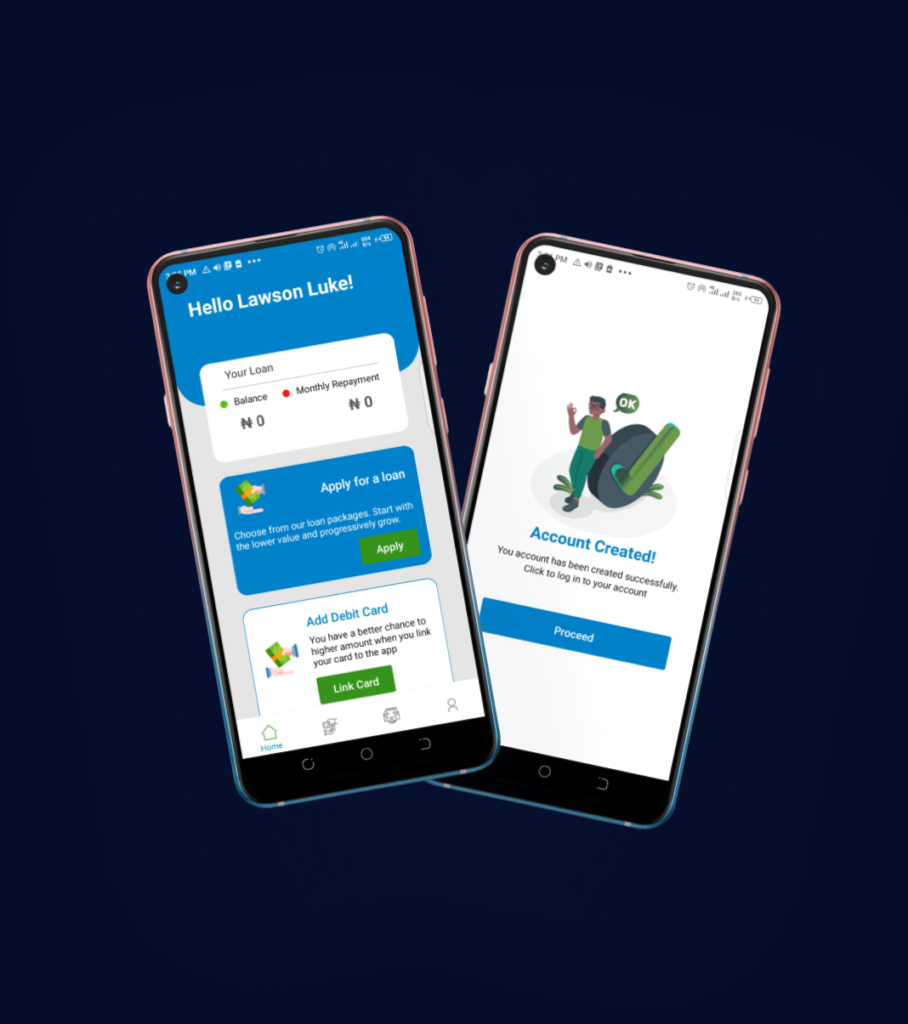
By Femi Omoshona

Decentralised technology is here to stay, and the earlier we start investing our time, energy and resources in trying to understanding what the future of DApps look like the better for us. Blockchain, AI, AR and IOT are amazing technology we should be considering in this 21st century.
In this article, I lay out how the web has evolved, where’s it going next, and how Africa as a continent can position itself for the future.
Think about how the internet affects your life on a daily basis since it was first invented in early 1990s. Internet, a system architecture that has revolutionized communications and methods of commerce by allowing various computer networks around the world to interconnect.
Sometimes referred to as a network of networks, the Internet emerged in the United States in the 1970s but did not become visible to the general public until the early 1990s. By 2020, approximately 4.5 billion people, or more than half of the world’s population, were estimated to have access to the Internet.
The Evolution of the Web
The evolution of the web is can be classified into three separate stages:
- Web 1.0
- web 2.0
- Web 3.0
Web 1.0
Web 1.0 refers to static websites and personal sites. The term was used for the earliest version of the Internet as it emerged from its origins with Defence Advanced Research Projects Agency (DARPA) and became, for the first time, a global network representing the future of digital communications.
Web 1.0 offered little of information and were accessible to users across the world, these pages had little to no functionality, flexibility, or user-generated content.
Don’t Build Mobile Apps From Scratch
Web 2.0
Web 2.0 is called the read/write web. It refers to an updated version of the previous World Wide Web, which is known as Web 1.0. It’s more accurate to think of Web 2.0 as a shift in thinking and focus on web design. Instead of static HTML pages with little or no interaction between users, Web 2.0 represents a shift to interactive functionality and compatibility through some of the following features: User-generated content, transparency in data and integrations.
Web 3.0 (… Loading)
Web 3.0 is the next stage of the web evolution that would make the internet more intelligent or process information with a near-human-like intelligence through the power of AI systems that could run smart programs to assist users.
Tim Berners-Lee had said that the Semantic web is meant to “automatically interface with systems, people and home devices.” As such, content creation and decision-making processes will involve both humans and machines. This would enable the intelligent creation and distribution of highly-tailored content straight to every internet consumer.
Features of Web 3.0
To really understand the next stage of the internet, we need to take a look at the four key features of Web 3.0:
Semantic Web
Semantic(s) is the study of the relationship between words. Therefore, the Semantic Web, according to Berners-Lee, enables computers to analyze loads of data from the Web, which includes content, transactions and links between persons.
Artificial Intelligence
Web 3.0 machines can read and decipher the meaning and emotions conveyed by a set of data, it brings forth intelligent machines. Although Web 2.0 presents similar capabilities, it is still predominantly human-based, which opens up room for corrupt behaviors such as biased product reviews, rigged ratings, etc.
For instance, online review platforms like Trustpilot provide a way for consumers to review any product or service. Unfortunately, a company can simply gather a large group of people and pay them to create positive reviews for its undeserving products. Therefore, the internet needs AI to learn how to distinguish the genuine from the fake in order to provide reliable data.
Web3 Future For Africa
Across the world, the new Web3 economy is giving birth to myriad opportunities and the implications for the African continent are massive. Code 247 Foundation is on a mission to raise the next generation of Africa talent who will leverage the latest blockchain technologies to provide real value to billions of unbanked, underbanked and underserved individuals across Africa and other emerging markets, and we’re excited to see various blockchain protocols, startups, investors, grant funders and governments interested in doing the same.
Web3 can open up an intra-African exchange economy, it can be used for purchases and transportation between African nations. It will assist Africans to generate more economic value in wider market.
In Africa, the evolution of blockchain technology has interested many governments across Africa countries to explore blockchain-based solutions, creating Central Bank Digital Currencies (CBDCs) that are likely to develop a more informed approach to the Web3 economy along with policy frameworks in line with the needs of everyday users.
Web 3 can be used to solve some of the challenges in Africa such as issues of land ownership. It is no secret the messy land management in most African countries has made it harder for citizens to acquire genuine land. This has meant that most communities are left poor due to lack of access to manage and develop their lands. Others challenges include fake drugs, financial transaction and traffic management, etc.
Conclusion
We believe in Africa 100%. Africa can be great, will be great and must be great. Blockchain and Web3 technologies will be revolutionary in Africa. There are a lot of problems with currency and corruption in Africa.

Latest tech news and coding tips.



